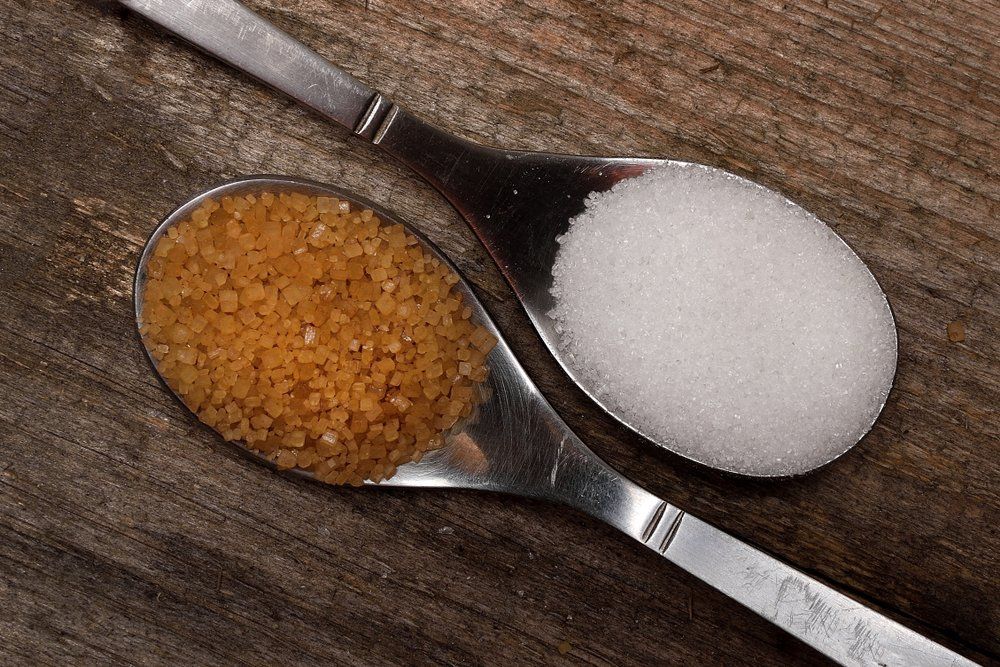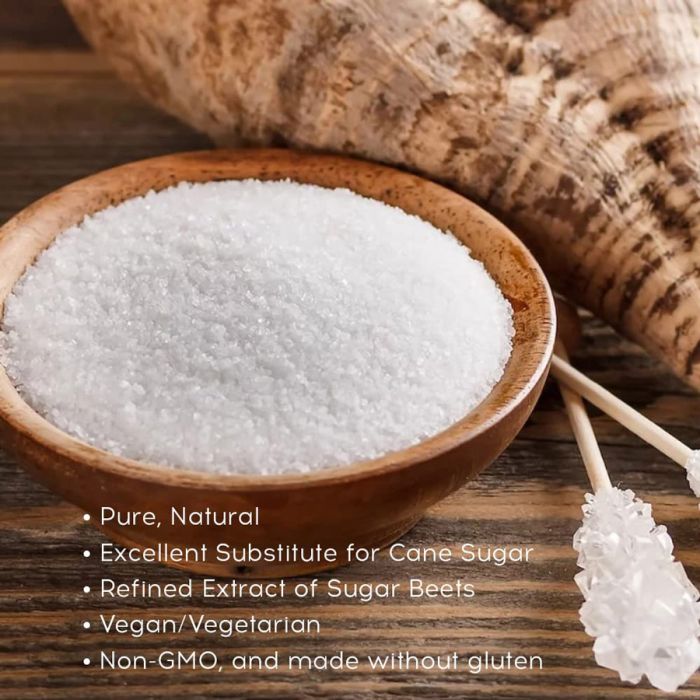The discussion of beet sugar vs cane sugar often includes comparisons of their impact on health.
Discover the Uses and Perks of Beet Sugar Vs Cane Sugar in Your Daily Diet
Exploring the unique qualities of beet and cane sugar discloses more than simply their sweetening capabilities; it highlights their one-of-a-kind effect on health and wellness and culinary arts. Beet sugar, understood for its subtle flavor, is often preferred in fragile desserts, whereas cane sugar, with its tip of molasses, includes richness to robust dishes. Each type holds its very own dietary profile and glycemic ramifications, welcoming a deeper understanding of their functions in a well balanced diet plan and sustainable usage techniques.
Beginning and Production Processes of Beet and Cane Sugar

The distinct climates and soil kinds needed for expanding sugar beetroots and sugarcane add to differences in their growing techniques and geographic circulation, affecting the business economics and sustainability of their production. beet sugar vs cane sugar.
Nutritional Contrast Between Beet Sugar and Cane Sugar
Despite originating from different plants, beet sugar and cane sugar are nutritionally very similar, both mainly including sucrose. Each supplies regarding 4 calories per gram, converting to about 16 calories per teaspoon. Structurally, both sugars are composed of around 99.95% sucrose, with marginal quantities of various other compounds like wetness and trace element, which do not significantly alter their nutritional profiles.

Ultimately, when choosing between beet sugar and cane sugar based on nutritional content alone, both offer identical benefits and drawbacks as they are essentially forms of the exact same molecule-- sucrose, offering fast power without various other nutrients.
Influence On Wellness: Glycemic Index and Caloric Content
Exploring better into the results of beet sugar and cane sugar on health and wellness, it is essential to consider their glycemic index and calorie material. The glycemic index (GI) of both beet and cane sugar is around 65, classifying them as high-GI foods, which can trigger fast spikes in blood sugar levels.
Each sort of sugar contains around 4 calories per gram, making their caloric web content equivalent. For those monitoring calorie consumption, particularly when managing weight or metabolic health and wellness problems, comprehending this equivalence is essential (beet sugar vs cane sugar). Nevertheless, excessive usage my explanation of any high-calorie, high-GI food can add to wellness problems such as excessive weight, cardiovascular disease, and insulin resistance.
Environmental and Economic Considerations of Sugar Manufacturing
Beyond health effects, the manufacturing of beet and cane sugar also increases substantial environmental and financial problems. Sugar beet cultivation often tends to need cooler environments and has a reduced geographical footprint compared to sugar cane, which grows in tropical regions. Nonetheless, both crops are intensive in regards to water usage and land profession, possibly bring about deforestation and water shortage. Financially, the international sugar market is very volatile, influenced by modifications in worldwide trade plans and aids. Many countries incentivize sugar production with economic support, skewing market value and influencing small-scale farmers negatively.
In addition, the usage of pesticides and fertilizers in both beet and cane sugar growing can cause soil deterioration and contamination, more influencing biodiversity and neighborhood water bodies (beet sugar vs cane sugar). The option in between growing sugar beet or cane usually depends upon regional ecological problems and economic aspects, making the sustainability of sugar production an intricate issue
Culinary Applications and Flavor Differences
While the ecological and economic facets of sugar production are indeed substantial, the choice in between beet and cane sugar likewise affects culinary applications and taste profiles. Beet sugar, acquired from the sugar beet plant, is known for its extremely neutral taste.
Cane sugar, drawn out from sugarcane, commonly preserves molasses traces, which pass on a distinct splendor and deepness. The look at this website slight variation in wetness material in between beet and cane sugar can influence the appearance and uniformity of dishes, making cane sugar a preferred option for certain dishes that profit from its unique residential or commercial properties.

Conclusion
To conclude, both beet and cane sugar have unique origins and production processes, providing similar dietary accounts with minor differences in sodium web content and taste. While their internet influence on health and wellness, especially relating to glycemic index and calories, is similar, the selection in between them commonly steams down to ecological, economic factors, and details cooking requirements. Comprehending these aspects can guide consumers in making educated decisions that straighten with their wellness goals and taste choices.